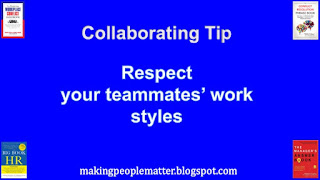I am honored to be one of more than 6,000 volunteers at The Smithsonian Institution. As a docent at The Smithsonian American Art Museum, I conduct video conferences with school children and adults across America. We share the art that tells America’s stories in two-way video conferences where I can see them, and they can see me along with the works of art I choose to show.
The Smithsonian Institution named a new leader in 2019, and the ceremony was both informational and emotional. Many of the distinguished speakers talked about the new Secretary, Dr. Lonnie Bunch’s, passion for learning, and that’s what The Smithsonian is all about.
At a time when learning doesn’t seem as valued as I think it should be, it was refreshing to hear speakers at the ceremony, including Chief Justice Roberts, talk about the importance and the power of life-long learning. We need to continue to learn both as individuals and as business leaders or in whatever vocation we’ve chosen. And, the best part of learning today is that it has never been easier.
Consider how easy it is for anyone to listen to a podcast while sitting in traffic while commuting or while on a long road trip. Think about what’s available on YouTube—not just to entertain us but to inform and educate us and our children.
As business leaders, it is extremely important that we provide development opportunities to our employees. They want to expand their knowledge, and we need to make it easy for them to take advantage of the learning that will make them better at their jobs and better as people. Employee development is a powerful engagement and retention tool.
Developing the skills and abilities of our employees does not necessarily mean sending them to training, or bringing training in-house. While training can be valuable, we need to open our minds to what other ways we can encourage our employees to love learning.
Here’s a challenge for you: Be an example to your employees by letting them see you expanding your skills and knowledge. They need to see you reading books and articles. They need to see you attending industry events where learning is emphasized. They need to see you demonstrate your love of learning. I hope you’ll accept this challenge and make 2020 a year in which you revisit your own love of learning and motivate others to do the same.
And, if you’re in DC for any reason, take time to visit us at one of the many Smithsonian instillations.
Barbara Mitchell






















